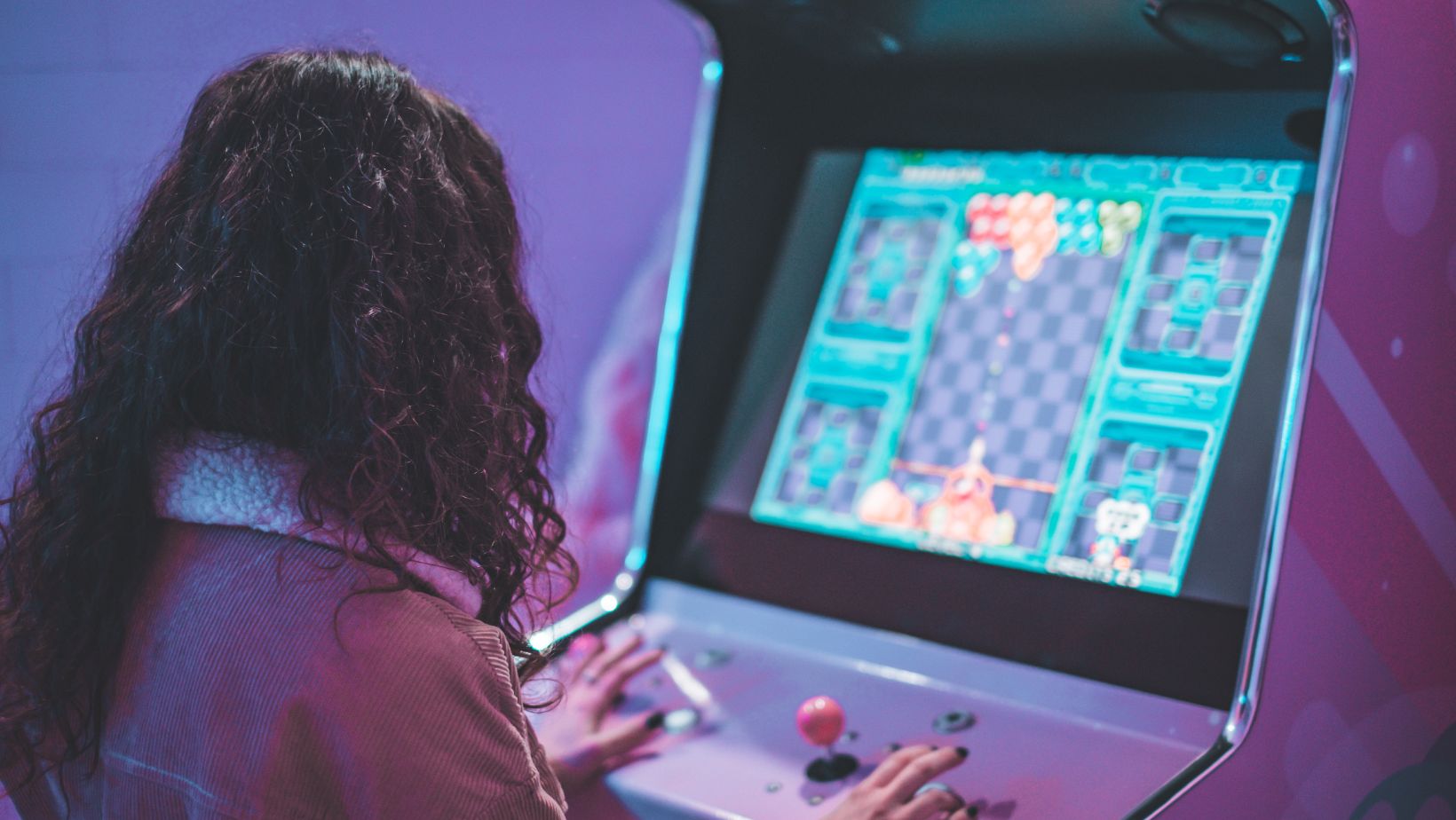Clarity makes games memorable. While graphics continue to improve, players still tend to connect most with games that use clear themes supported by consistent design. A game doesn’t need complexity to stand out. It needs visual intent, cohesive mechanics and a structure that helps players instantly recognise what it’s about.
A recognisable theme can influence how long someone plays, how often they return, and how strongly they associate the visuals with the experience. For developers, getting this right early saves time and avoids confusion later. For players, it creates familiarity fast.
Visual Identity and Symbol Repetition
Every strong theme begins with repetition. When assets across the user interface, environment, and game elements all reflect the same idea, recognition improves. Players learn what a game represents because they’re shown consistent visual language.
It’s more than just the logo or main character. Menu colours, background assets, item designs and even fonts play a role. When all these support the central idea of the game, players feel it straight away. For example, a game set near water might reinforce its identity using shades of blue, consistent icon shapes, and aquatic motion in animations.
Repeating design elements makes games easier to absorb. Players shouldn’t need to guess what something represents. Well-designed symbols reduce confusion and allow people to spend time engaging rather than interpreting. When players return after a break, they’ll still recognise everything instantly because of that visual stability.
If developers focus on repeating clear, bold shapes with a shared colour scheme, players will likely connect with the theme much faster. That’s especially useful for short-play games where immediate recognition matters more than deep storytelling.
The Role of Colour and Environment
Colour choices influence mood, memory and even gameplay perception. Themes are much easier to identify when designers choose a clear palette and stick with it. It doesn’t need to be complex. Two or three dominant colours, applied consistently, will do more than an over-detailed environment with no visual focus.
When developers decide on a theme, colour is one of the first decisions that needs to stay locked in. A jungle environment might lean towards greens and browns, while icy maps use whites, greys and muted blues. This seems simple but it has direct effects on how players interpret and respond to the environment.

Environmental design supports that further. Lighting, object placement and movement should all serve the theme. If a game is supposed to feel calm, the environment can avoid hard edges and sudden changes. If the goal is to feel energetic, motion and lighting can push that experience forward without overwhelming the player.
Mechanical Reinforcement of Theme
Visuals aren’t the only way to help players connect with a theme. Game mechanics also play a role. When a game’s function supports its theme, the entire experience feels smoother.
Simple collect mechanics are a good example. They reinforce progression without overcomplicating gameplay. Players understand quickly that gathering a certain item leads to a result. That loop can reinforce a game’s core identity if the collected item matches the theme.
Some titles, such as Fishin Frenzy, combine visual clarity with light-collecting mechanics, making the theme easy to identify and recall. The symbols are instantly recognisable, the rewards match the setting, and the gameplay reinforces the purpose without detailed explanations.
When mechanics reflect the theme, instead of fighting against it, players spend less time learning and more time playing. Movement systems, enemy behaviour, upgrade paths and bonus features should all feel like they belong within the world the visuals suggest. That consistency improves flow and reduces friction.
How Recognition Supports Retention
Players often form habits around what feels familiar. When a game’s theme is instantly recognisable, that familiarity builds faster. Instead of needing multiple sessions to learn the visual cues or mechanics, players grasp them quickly and focus more on progress or exploration.
This immediate recognition helps with short-session play. Games that run on mobile or browser platforms especially benefit from visual clarity. A player loading the game during a break doesn’t want to relearn systems or reorient themselves. They want to see familiar symbols and jump back in.
Retention isn’t just about daily rewards or notifications. Visual consistency keeps people coming back. When players don’t need to figure out what everything does, they use their attention where it matters: on decision-making, improvement, or fun.
Developers looking to improve retention can review their theme’s consistency. If a game’s visuals, sound and mechanics all reinforce one clear idea, it builds recognition fast. That leads to more sessions and, often, longer playtime per session.
Games That Get It Right
Some games achieve instant recognition without relying on heavy branding or complex systems. They succeed because every design choice supports a single, clear theme. The most effective examples often come from indie developers or smaller mobile titles that have limited space and time to make an impact.
A well-known side-scrolling platformer, for example, might rely on a single type of enemy across its early levels, using slight variations in colour to show difficulty. The environment stays focused, including underground tunnels, forest canopy, or city rooftops, without switching themes between levels.
Puzzle games also tend to build strong recognition. Tile-matching titles with distinctive shapes, strong colours, and consistent feedback loops make it easy for players to identify what they should do, even without tutorials. That clarity drives engagement far more than decorative assets ever could.
Even large-scale titles benefit from this principle. Some of the most played online games maintain strong theme recognition through limited but repeated design choices: one type of armour set, a consistent environment filter, or identical animations for certain actions.
The strongest theme design usually involves restraint. Developers who remove distracting visuals or mechanics often find that the core idea becomes clearer. When that idea is presented cleanly and consistently, players recognise it within seconds.
Build Clearer Themes with Purpose
Developers don’t need massive resources to make themes recognisable. Small design decisions, made with intention, go a long way. Using repetition in visual assets, sticking to a defined colour palette, and ensuring mechanics align with the environment can dramatically improve how quickly players connect with a game.
Visual strength, mechanical alignment and environmental clarity don’t require complexity. They require consistency. Build that in, and your game theme won’t just look good; it’ll be unforgettable.
